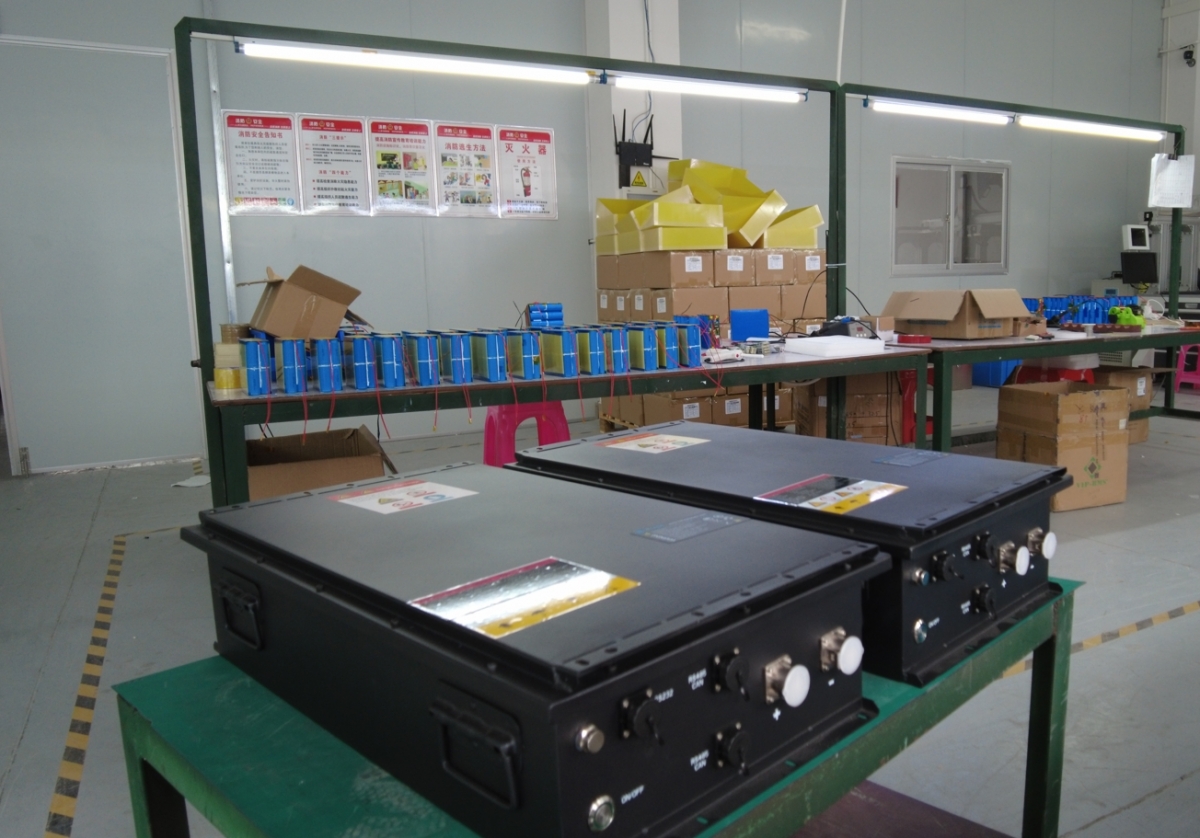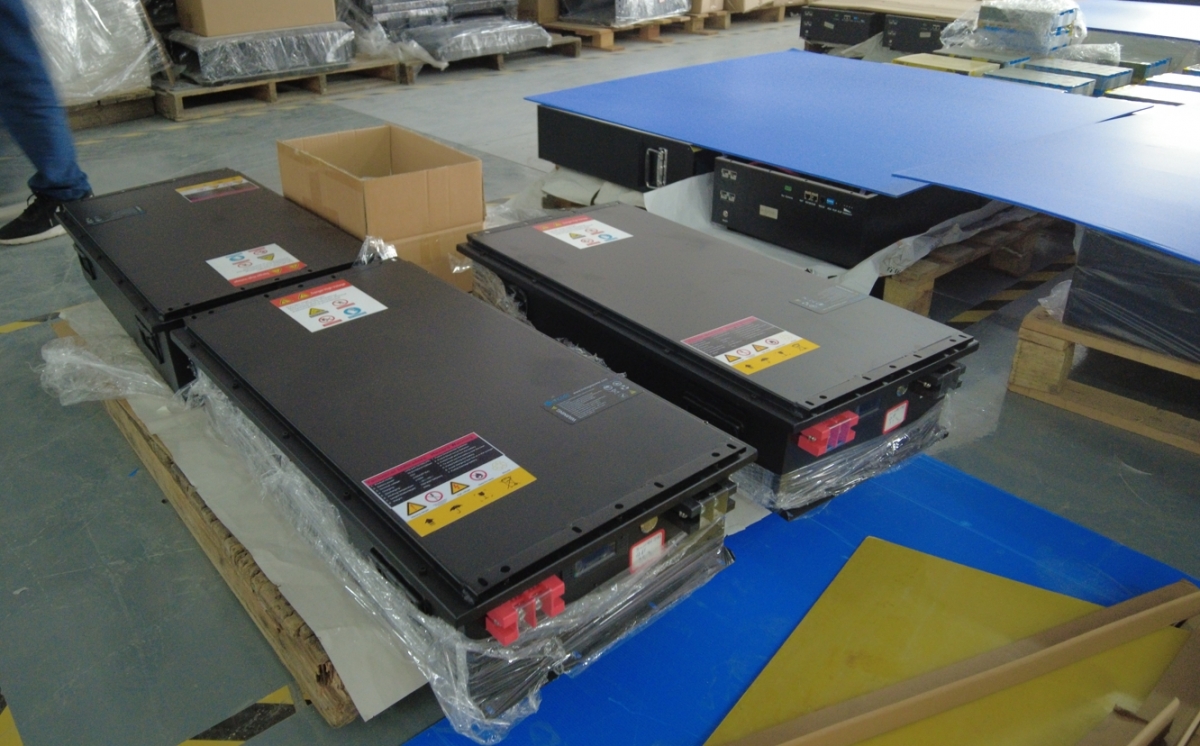- 24
- Nov
Sodium-ion batteries, industrialization is coming!
On May 21, 2021, the chairman of CATL, Zeng Yuqun, revealed at the company’s shareholders meeting that sodium batteries will be released around July this year. When talking about the development trend of battery technology, Zeng Yuqun said: “Our technology is also developing, and our sodium-ion battery has matured.”
At 15:30 pm on July 29, 2021, CATL held a sodium-ion battery press conference in 10 minutes through a live web video broadcast. Chairman Dr. Yuqun Zeng personally participated in the online press conference.
picture
From the conference process, the following information was extracted:
1. Material system
Cathode material: Prussian white, layered oxide, with surface modification
Anode material: modified hard carbon with a specific capacity of 350mAh/g
Electrolyte: a new type of electrolyte containing sodium salt
Manufacturing process: basically compatible with lithium-ion battery production lines
2. Battery performance
Single energy density reaches 160Wh/kg
80% SOC can be reached after 15 minutes of charging
Minus 20 degrees, there is still more than 90% discharge capacity retention rate
Pack system integration efficiency exceeds 80%
3. System integration
The AB battery solution can be used, the sodium ion battery and the lithium ion battery are integrated into the same system, taking into account the high power density advantages of sodium ion and the high energy density advantages of lithium ion batteries
4. Future development
The energy density of the next generation sodium ion battery reaches 200Wh/kg
2023 basically forms a relatively mature industrial chain
two
Sodium ion batteries have come to the road of industrialization
The research on the industrialization of sodium-ion batteries can be traced back to the 1970s, and was basically started simultaneously with the research on lithium-ion batteries. Since Sony Corporation of Japan took the lead in proposing a commercial solution for lithium-ion batteries, lithium-ion batteries have received support from many sources and have now become the mainstream solution for new energy batteries, while the research progress of sodium-ion batteries has been relatively slow.
At the “Seventh China Electric Vehicles Forum” held on January 17, 2021, Chen Liquan, academician of the Chinese Academy of Engineering, delivered a keynote speech, focusing on the sodium ion battery developed by Hu Yongsheng’s team at the Chinese Academy of Sciences.
Academician Chen Liquan said at the forum: “The world’s electricity is stored in lithium-ion batteries, which is not enough. Sodium-ion batteries are the first choice for new batteries. Why introduce sodium-ion batteries? Because lithium-ion batteries are now being made all over the world. It is said that cars all over the world are driven by lithium-ion batteries, and the electricity in the world is stored in lithium-ion batteries, which is not enough. Therefore, we must consider new batteries. Sodium-ion batteries are the first choice. The content of lithium is quite small. It is only 0.0065% and the sodium content is 2.75%. It should be said that the sodium content is quite high.”
The sodium ion battery developed by the Chinese Academy of Sciences has been initially industrialized by Zhongke Haina Technology Co., Ltd. It has excellent high and low temperature performance, rate performance, cycle performance, and the cost is lower than that of lithium ion batteries. It has a very broad development. Prospects and application scenarios.

On March 26, 2021, Zhongke Hai Na announced the completion of a 100 million yuan-level A round of financing. The investor is Wutongshu Capital. This round of financing will be used to build a sodium-ion battery positive and negative material production line with an annual capacity of 2,000 tons.
On June 28, 2021, the world’s first 1MWh (megawatt-hour) sodium-ion battery energy storage system was put into operation in Taiyuan, reaching the world’s leading level. The world’s first sodium ion energy storage system of 1MWh put into operation this time was jointly built by Shanxi Huayang Group and Zhongke Haina Company.
Zhai Hong, Chairman of Shanxi Huayang Group, said: “The world’s first 1MWh sodium ion energy storage system has been successfully put into operation, marking Shanxi Huayang Group’s deployment, introduction, and co-construction of new energy storage upstream and downstream industrial chain. .”
As a student of Academician Chen Liquan and the chairman of the world’s largest power battery company, Ningde Times Co., Ltd., Dr. Zeng Yuqun has always been paying attention to the development trend of sodium ion battery technology and has already established sodium ion in CATL. Battery R&D team.

The sodium-ion battery launched at this conference shows that CATL has made preparations for the industrialization of sodium-ion batteries and will soon launch mass-produced products on the market.
This action undoubtedly demonstrates that the Ningde era is at the forefront of battery technology changes.
three
Characteristics and application scenarios of sodium ion batteries
Combining the relevant technical parameters of sodium ion batteries released by Zhongke Hainer and Ningde Times, we can analyze the typical application scenarios of sodium ion.
1. Power storage market
After the large-scale industrialization of sodium-ion batteries, the cost is more advantageous than that of lithium-ion batteries, and the cycle life can be more than 6000 times, and the service life can be as long as 10 to 20 years, which is especially suitable for the peak and valley of electric energy storage. Adjust and smooth fluctuations.
In addition, the advantages of high magnification, combined with the advantages of low cost, make sodium ion batteries particularly suitable for the application requirements of grid frequency modulation.
Taken together, sodium-ion batteries can almost cover various application requirements in the field of electric energy storage, including the power generation side, the grid side, and the user side, including off-grid, grid-connected, frequency modulation, peak shaving, energy storage, etc.
2. Light electric vehicle market
The low-cost advantage of sodium-ion batteries and the environmental protection characteristics make it the most likely to replace lead-acid batteries and become the main application of the light electric vehicle market.
As we all know, because of its low price, lead-acid batteries have always been the primary choice for electric two-wheelers, electric tricycles, and low-speed electric four-wheelers. However, because of lead pollution, the country has been promoting the use of more environmentally friendly chemical batteries to replace lead-acid batteries. Batteries, sodium ion batteries are undoubtedly a very good alternative, it is expected to achieve close to the cost of lead-acid batteries, but the performance is significantly ahead of lead-acid batteries.
3. Cold zone with lower temperature
In high latitude regions, the lowest temperature in winter can often reach minus 30°C, and extremely low temperatures are even lower than minus 40°C, which poses a huge challenge to lithium batteries.
The existing lithium battery material system, whether it is a lithium titanate battery, or a ternary lithium or lithium iron phosphate battery with improved low-temperature performance, can also be applied to an environment of minus 40°C, but the price is very expensive.
Judging from the sodium ion released by CATL, there is still a 90% discharge capacity retention rate at minus 20 degrees Celsius, and it can still be used normally at minus 38 degrees Celsius. It can basically adapt to most high latitude cold zone areas, and the price is significantly lower. Lithium battery with improved low temperature performance.
4. Electric bus and truck market
For electric buses, electric trucks, electric logistics vehicles and other vehicles whose main purpose is operation, energy density is not the most critical indicator. Sodium-ion batteries have the advantages of low cost and long life, which have broad application prospects and are expected to occupy a large part of it. Originally belonged to the market of lithium-ion batteries.
5. Markets with strong demand for fast charging
For example, the energy storage frequency modulation mentioned above, as well as fast-charging electric buses, electric two-wheeled vehicle switching operations, AGVs, unmanned logistics vehicles, special robots, etc., all have a very strong demand for fast battery charging. Sodium-ion batteries can It can fully meet the needs of this part of the market to charge 80% of the electricity in 15 minutes.
Four
The trend of industrialization has arrived
my country has made huge breakthroughs in the field of lithium-ion batteries, becoming the world’s most mature industry chain, the largest manufacturing scale, the largest application scale, and technology gradually catching up and leading the lithium-ion battery power. Internally shifted to the sodium-ion battery industry to help the sodium-ion battery industry grow rapidly.
Zhongke Haina has realized the small batch production of sodium-ion batteries, and realized the installed operation of the 1MWh energy storage system in the first half of this year.
CATL officially released sodium-ion batteries, and plans to build a complete sodium-ion battery industry chain in 2023 to achieve large-scale production and application.
Although the current sodium ion battery industry is still in the introduction stage, sodium ion batteries have obvious advantages in terms of resource abundance and cost. With the maturity of technology and the gradual improvement of the industrial chain, sodium-ion batteries are expected to achieve large-scale applications in areas such as electric energy storage, light electric vehicles, and electric commercial vehicles, forming a good complement to lithium-ion batteries.
The development of the chemical battery industry is in the ascendant. Lithium-ion batteries are not the ultimate form. The development of sodium-ion battery technology shows that there are still huge unknown areas in the chemical battery industry, which are worth exploring by global companies and scientists.
